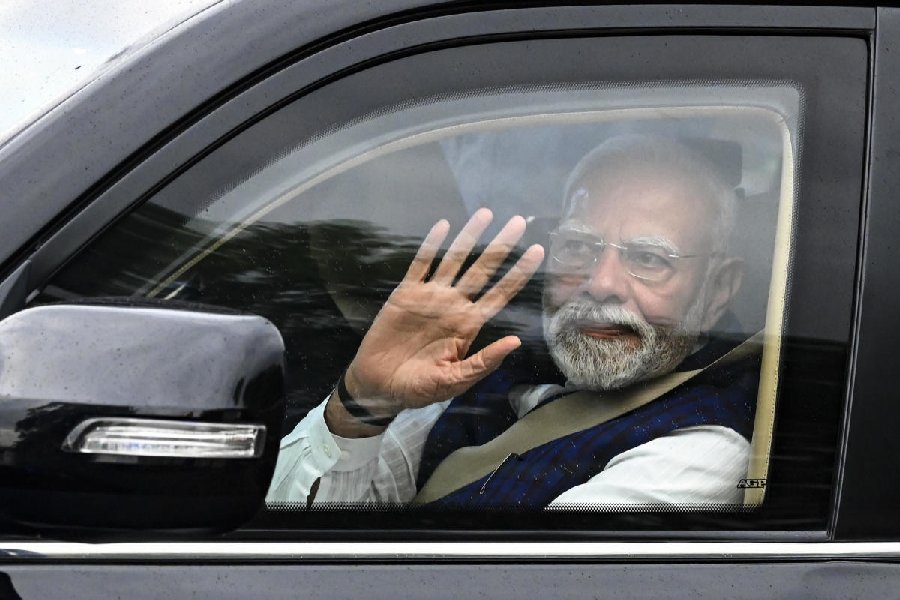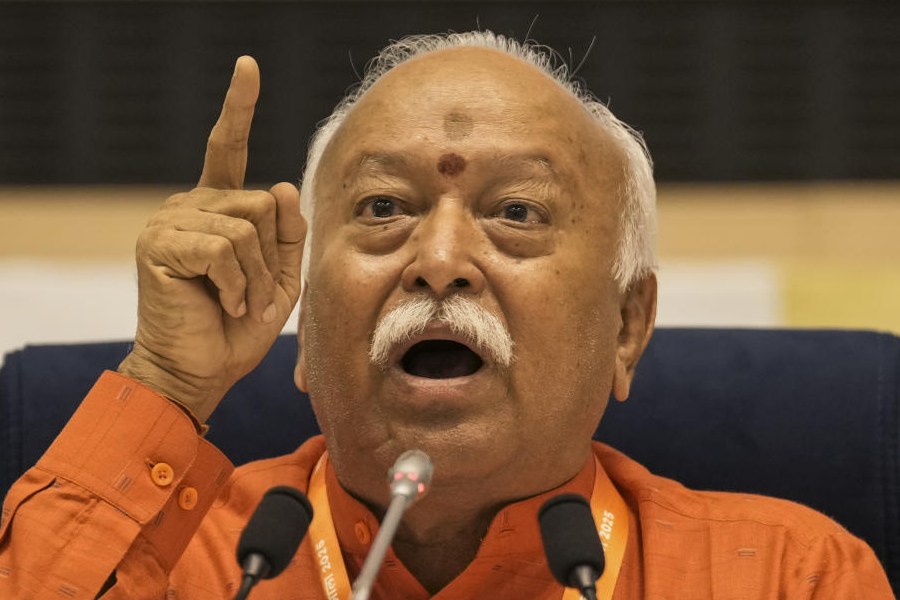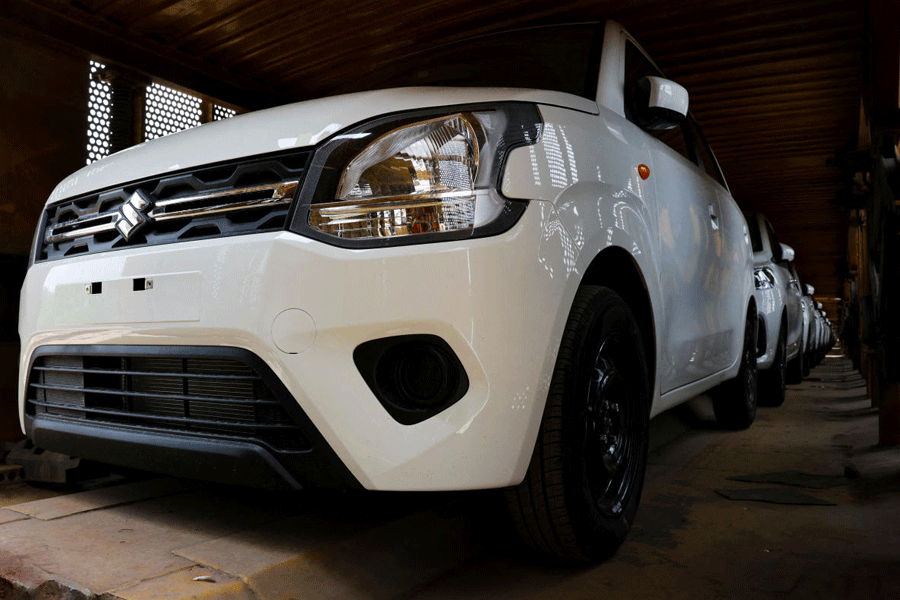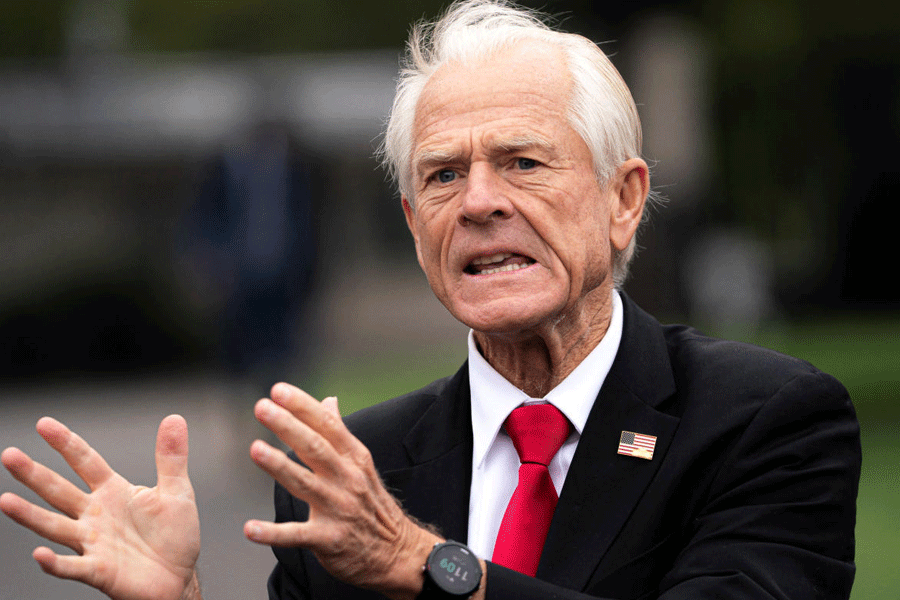New Delhi, June 12 :
New Delhi, June 12:
After dragging their feet for months, India and Bangladesh have agreed to the terms of reference of working groups set up to look into 'all aspects of the boundary issue' and complete the work within a year.
The move is a big step towards restoring trust between the two sides, which had received a severe bodyblow in April after clashes on the northeastern border.
According to the agreed formula, one working group will look for an early resolution of the dispute over 6.5 km of the border that is yet to be demarcated. The second group will be entrusted with expediting the process of exchanging the enclaves in each other's adverse possession and putting concrete pillars on the 35.5-km land boundary between the two countries.
This was agreed after a meeting of senior officials of the two countries in Delhi this afternoon. The next round of talks is scheduled to be held in the second half of July in Dhaka. The two sides will make a formal announcement tomorrow.
Bangladesh is of the opinion that the two sides can exchange the enclaves in each other's adverse possession that have been identified. This was the policy, Dhaka says, was adopted by India while settling its boundary with Pakistan and, therefore, it feels, the same principle should be followed specially while dealing with a friend like Bangladesh.
The two working groups were set up in December last year after a meeting of the foreign secretaries. The two sides, however, could not agree on the terms of reference of these groups. One reason was that, in Dhaka's assessment, Delhi was not keen on settling the boundary dispute in a hurry.
Though the draft of the terms of reference was sent by India to Bangladesh in February, the Sheikh Hasina government refused to give its concurrence to it.
Dhaka was keen that the two sides at their meeting should agree upon a time-frame and chalk out a calendar for the number of meetings that India and Bangladesh are to have to settle the pending issues relating to the boundary question.
With India agreeing to this proposal at today's meeting, the Bangladeshi delegation had
little difficulty in accepting the terms of reference of the two working groups.
Of the 4,000-odd km land boundary between India and Bangladesh, only 6.5 km is yet to be demarcated.
On another 35.5 km, where preliminary joint survey has been conducted, no concrete pillars have been put up to formally complete the demarcation process. This apart, there are 111 Indian enclaves in Bangladesh, adding up to over 17,000 acres. The 53 enclaves that Bangladesh has in India adds up to nearly 7,000 acres.
In addition, the two sides have large plots of each other's land under their adverse possession. According to estimates, India has more than 3,500 acres of such Bangladeshi land.
The 1974 agreement between Indira Gandhi and Sheikh
Mujibur Rahman had said that the two sides will try to complete the demarcation process and
formalise the exchange of enclaves and areas under adverse possession at the earliest.
However, even after two-and-half decades this has not been
possible. Parliament had amended the Constitution in 1958 while finalising its boundary with East Pakistan.
At that time, nearly 1,000 km of the boundary was left undemarcated. But Jawaharlal Nehru agreed with the Pakistani leadership that the two sides could exchange the enclaves and areas under adverse possession.
 Friday, 29 August 2025
Friday, 29 August 2025









